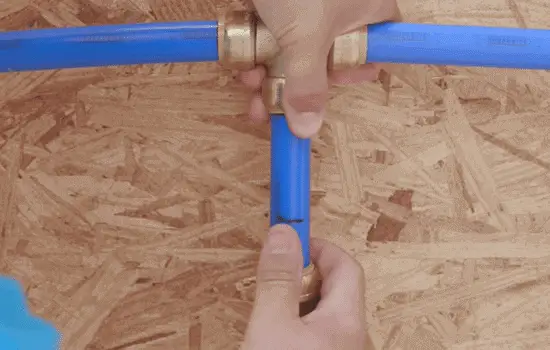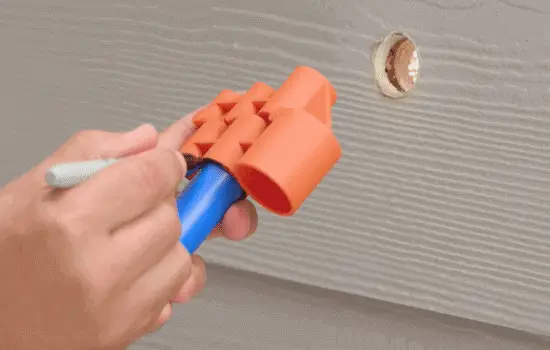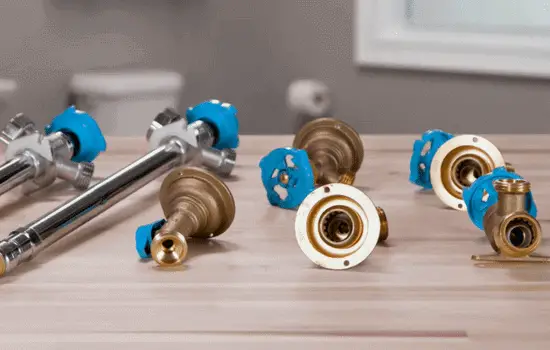Hose Bib vs Sillcock
When it comes to outdoor faucets, hose bibs and sillcocks are two common options. Choosing between the two depends on your needs and preferences. Both have benefits and drawbacks that make it difficult to decide which is better.
The main difference between a hose bib and a sillcock is the installation process. Sillcocks are easier to install than hose bibs. Also, they provide more water pressure than hose bibs. On the other hand, hose bibs are durable enough, but they can’t provide as much water pressure as sillcocks.
Besides these, you will find some other differences between the Hose bib vs Sillcock. Here in this guide, I will try to make it easy to understand the differences between the two and to choose the best one.

Hose bibs vs Sillcocks for Outdoor Faucet – Comparison Chart
| Key features | Hose bibs | Sillcocks |
| 1. Purpose | Outdoor water | Outdoor/ Indoor water |
| 2. Size | Smaller | Larger |
| 3. Water Pressure Strength | Lower | Higher |
| 4. Maintenance | Low maintenance needed | Professional maintenance needed |
| 5. Installation | Easy to install | Need professional services |
| 6. Cost | Less expensive | Expensive |
Hose bibs VS Sillcocks- Key Comparison for Outdoor Faucet
Sillcocks and hose bibs provide outdoor water for various purposes, but the two are distinct in some ways. The following features comparison may help you to choose the best one.
1- Purpose
Hose bibs are designed for outdoor watering or washing purposes. But the Sillcocks are for indoor or outdoor use. They are used to control water flow to hose bibs, faucets, or other fixtures.
2- Size
Hose bibs are smaller in size compared to Sillcocks. They are designed to support lower water flow. While the Sillcoks are larger that are used for large water flow in professional projects.
3- Water Pressure Strength
The sillcock is generally considered the better choice as it is designed for higher pressures and is more durable when used at high volumes. The hose bib is usually more suitable for low-volume water applications and is less durable under high pressure.
4- Maintenance
Hose bibs are relatively easy to maintain but must be regularly checked for leaks and damage to prevent water waste. If there is a leakage, you can easily fix it. While the sillcocks are more complex and may require professional maintenance if they become damaged or leak.
5- Installation
Hose bibs are simple and installed directly on the water supply. Installation and replacement are simple. Sillcocks, on the other hand, are complex and must be installed through a hole in the wall and then connected to a water source. For the installation or replacement of sillcocks, you will need professional assistance.
Video Instruction
6- Cost
The cost of hose bibs and sillcocks can vary greatly depending on the brand, material, and features. Hose bibs are typically less expensive than sillcocks and can range from $10 to $30. Basic models are usually made of plastic or brass and have a simple design.
On the other hand, Sillcocks can cost anywhere from $20 to $100 or more. They are often made of higher-quality materials such as stainless steel or bronze. Sillcocks have additional features like freeze protection, anti-siphon protection, or a built-in vacuum breaker.
Frequently Asked Questions: Hose Bib vs Sillcock
Can a hose bib be used as a sillcock and vice versa?
A hose bib is not designed to withstand freezing temperatures or large pressure, but it is a common occurrence with sillcocks. So using a hose bib as a sillcock can lead to leaks and damage.
Which is better: hose bibs or sillcocks, in terms of weather resistance?
Hose bibs are made of chrome or brass that may corrode over time if not appropriately maintained. Whereas sillcocks are typically made of brass with a stainless-steel stem and are designed to be weather-resistant and long-lasting. Sillcocks are often used for outdoor faucets because they are designed to withstand harsh weather and are less likely to freeze or leak.
Can a sillcock be used for a garden hose?
Yes, a sillcock can be used for a garden hose. Sillcocks are outdoor spigots that provide water to hoses, sprinklers, and other outdoor fixtures. They are designed with a threaded outlet to connect a garden hose, making them a convenient solution for outdoor watering needs.
What are a hose bib and sillcock’s typical water flow rates?
A hose bib’s usual water flow rate is around 5-7 gallons per minute (GPM), while the water flow rate of a sillcock is around 8-10 GPM. It is important to remember that these are average estimates. So it may vary depending on factors such as the size of the hose bib or sillcock and the water pressure.
Can a hose bib or sillcock be used for hot and cold water?
Yes, a hose bib or sillcock can be used for hot and cold water. However, it is vital to check the specifications of the hose bib or sillcock. Ensure it is designed to handle the hot water and not just for cold water use.

My Opinion
Both hose bibs and sillcocks are used for outdoor faucets. Both have their benefits and drawbacks, which makes them suitable for different conditions.
Hose bibs are affordable, durable, and easy to install and maintain. But they are not suitable for high water pressure projects. Hose bibs can be used for watering, washing cars, and other DIY projects.
The sillcock is a versatile and modern water transfer device that can be used for both indoor and outdoor applications. Sillcocks can be used for both professional and DIY projects. The downside is that they require more care and are more expensive than hose bibs.

